8 Pittsburgh makerspaces that let imaginations run wild
Above photo by Ben Filio, courtesy of Remake Learning.
From stacking blocks and shaping clay to sewing costume and building circuit boards, making is essential to learning and development at every stage.
Home to the Children’s Museum of Pittsburgh’s MAKESHOP, Assemble and a booming tech industry, Pittsburgh has been a pioneer in the “maker movement” that bridges STEM education, project-based learning, and the creative arts. And its footprint continues to expand, with more local schools, libraries, and museums catching on to the value of maker education.
“The maker movement has provided local schools and organizations with a way to re-contextualize some age-old ideas like learning by doing, using our hands and working together on projects,” says Ani Martinez, community manager for Remake Learning. “Thinking about making and learning is also a great way to get people of different ages talking and working together, and members from across sectors to collaborate in support of children in our region.”
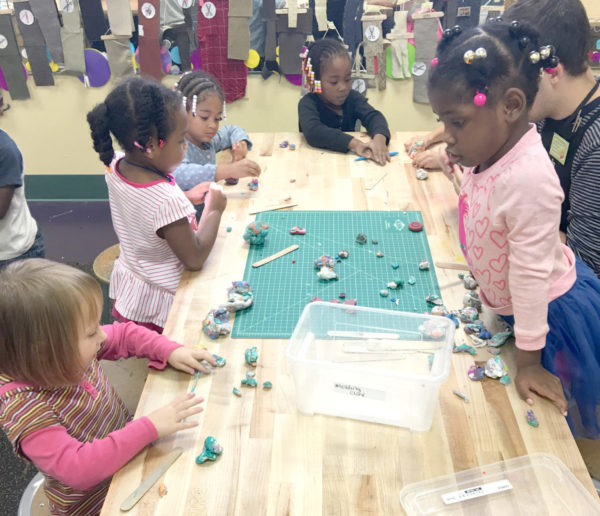
MAKESHOP at Hosanna House
It’s that spirit of collaboration that inspired the leadership of the Children’s Museum and Hosanna House to bring the museum’s MAKESHOP to the Wilkinsburg-based community center in 2013.
The Children’s Museum received funding from the Institute for Museum and Library Services to launch a “community museum” at Hosanna House to serve Wilkinsburg kids and families. The Jack Buncher Foundation provided additional support in 2017.
With guidance from teaching artists, kids do everything from taking apart VCRs and identifying their parts to making cosmetics and screen-printing T-shirts with their own designs. The maker area features a wall of tools, and children can earn badges as they master each one.
“If they don’t want to create, tinker and play, we have the exhibit side for them to explore,” says Tammi McMillan, Hosanna House program director.
Exhibits and weekly lessons center on themes like aerodynamics and measurement, but kids are encouraged to create anything they can dream up.
“The sky is the limit in our makerspace,” McMillan says.
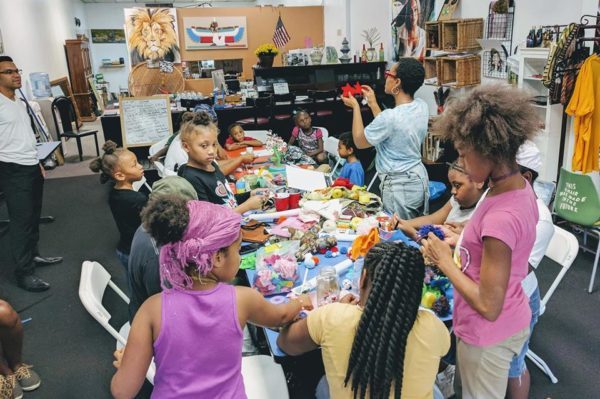
FlowerHouse
On Penn Avenue in the heart of Wilkinsburg—just a three-minute walk from Hosanna House—you’ll find FlowerHouse. The cooperative space opened in April 2017 to empower women and kids through arts education. So far, it has functioned as a host site for Remake Learning Days, an art exhibition gallery and a marketplace for local and national artists.
Primarily serving its community and surrounding East End neighborhoods, FlowerHouse has partnered with Pittsburgh Center for Creative Reuse in Point Breeze—with a treasure trove of creative materials, from popsicle sticks to discarded computer parts—and Wilkinsburg Youth Project to host art-making events. It had a presence at the Carnegie Museum of Art’s BOOMiverse event, and its artist collective helped curate a Gallery Crawl group show at the Pittsburgh Cultural Trust Education Center.
As FlowerHouse approaches its one-year anniversary, its operators look forward to more of what made 2017 a success: cultivating community partnerships and offering resources for community members to make, display and sell their art.
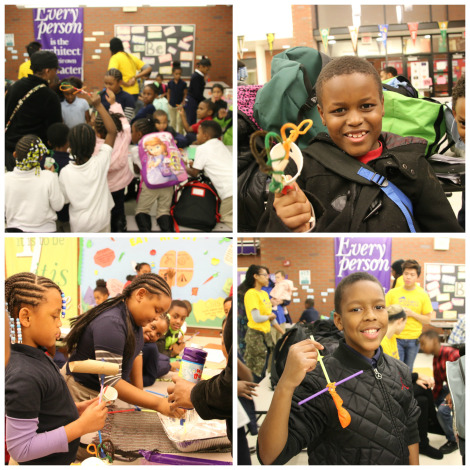
The Maker’s Place/The Maker’s Clubhouse
As educators have discovered new facets of STEM-related learning, its definition has expanded to include new disciplines. With art, it became STEAM; and now, as the economic potential of applied STEAM skills becomes clear, some programs are throwing entrepreneurship into the mix.
The Maker’s Place is one of them. Based out of Bible Center Church in Homewood, the ESTEAM-focused out-of-school-time program consists of a series of modules that teach business startup concepts to late elementary, middle and high school kids. With more of a life sciences bent than many youth STEM programs, the Maker’s Place incorporates urban agriculture, aquaponics, and green infrastructure into its curriculum as well.
“We promote social entrepreneurship so students understand the importance of creating solutions to social issues,” says Stephanie Lewis, director of educational initiatives in the church’s Oasis Project. “The maker movement is important because it is preparing the upcoming generations to be makers and not just consumers.”
A companion program, the Maker’s Clubhouse, has been in operation since 2011 and is tailored for kids from kindergarten age through fifth grade.
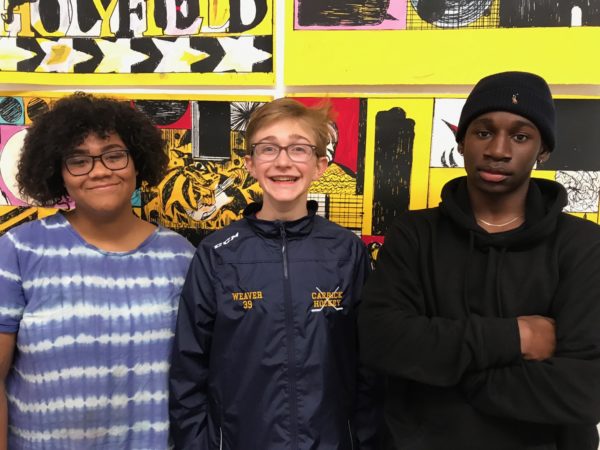
Artists Image Resource Youth Open Studio
Any teenager who’s started a band, published their own magazine, or designed their own fashion line knows that entrepreneurship and making go hand-in-hand. Through its Youth Open Studio, Artists Image Resource (AIR) on the North Side gives 11- to 18-year-olds free access to a professional printing studio. On Wednesday evenings during the school year, they can learn the fundamentals of silkscreening T-shirts, printing posters and producing marketing materials for other creative endeavors.
Established in 1996, the artist-run, non-profit laboratory provides the same resources for artists, educators and community members of all ages. AIR offers space for gallery exhibitions and artist residencies and fee-based community and school workshops.
“I think what sets the experience of Youth Open Studio apart is that the youth decide what the project will be, and together we try to make that vision a reality,” says Quaishawn Witlock, an artist educator at the Andy Warhol Museum, which supports the program through its education department. “The atmosphere is very collaborative with many peers helping each other get set up or make screens.”
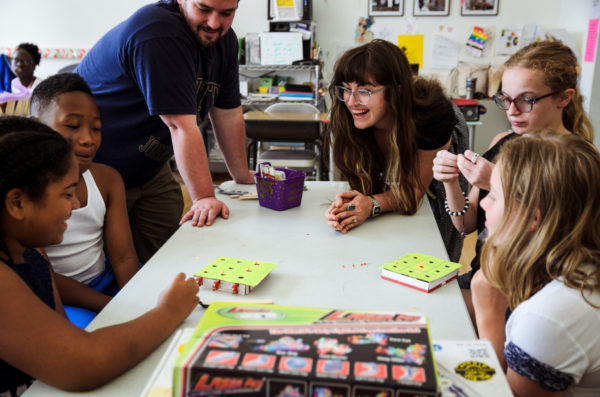
Brashear Kids Allentown Learning and Engagement Center (ALEC)
As the only afterschool STEAM program serving Grandview Elementary students, ALEC offers free project-based learning, healthy lifestyle education and environmental and food systems programming to kids in Allentown, Beltzhoover, and Knoxville.
“I drank the Kool-Aid on project-based learning long ago because I was that visual/spatial brained child that couldn’t grasp certain math concepts unless they were presented in a real-world application,” says Education Coordinator Maggie Negrete.
Negrete says that the program seeks to fill a gap for community members—primarily families below the poverty line who lack access to high-quality, out-of-school-time enrichment—by providing an environment for students to explore interests like fiber arts and robotics while strengthening their emotional intelligence.
ALEC partners with local businesses, artists and other maker programs like the YMCA Creator Space, which served over 500 youth in the Homewood and Hilltop communities last year. And community-based projects boost kids’ confidence that they can make a difference, which Negrete notes is “something that is not always allotted to persons of color in poverty.”
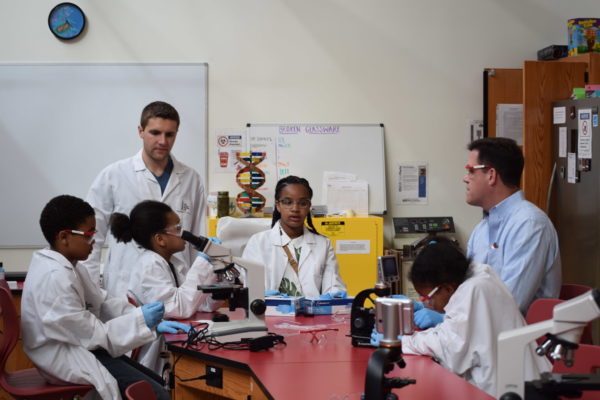
Citizen Science Lab
As the first program of its kind in the region, the Citizen Science Lab (CSL) lets youth “explore making on the cellular and molecular level,” according to its director, Andre Samuel, Ph.D.
A partnership between Duquesne University and Urban Innovation21, located in the Energy Innovation Center, the CSL exposes residents of the Hill District and surrounding neighborhoods to the fundamentals of laboratory science.
At any given time, up to 16 visitors— from middle and high school students, to parents, educators, college students and “DIY scientists”—can conduct hands-on experiments using state-of-the-art equipment.
This project-based learning approach gives participants the opportunity to explore renewable energies and other practical STEM applications with guidance from professionals. An added bonus: They get to interact with “resident pets” including a leopard gecko, ball python, lionfish, and various insects.
“Making is essential to STEM education because it allows the exploration of science through hands-on learning and creativity,” says Samuel. “Whether you’re building your very own go-kart, a robot or creating art, the principles of physics, engineering and chemistry are reinforced.”
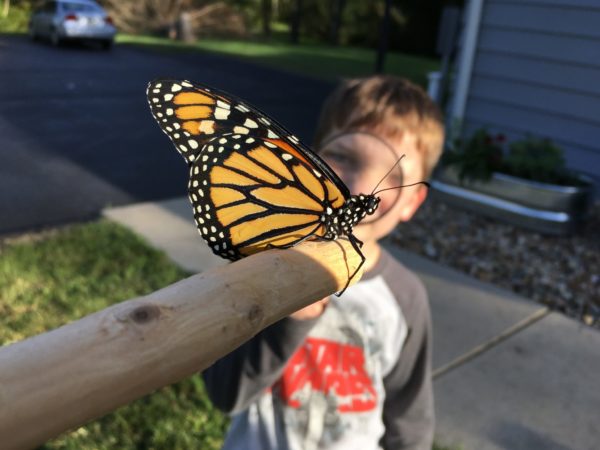
The STEAM Studio
With a mission to “inspire the next generation of inventors and innovators,” The STEAM Studio instills creative problem-solving skills, logic, flexibility, collaboration and an unending sense of curiosity.
The Wexford studio provides lessons on a variety of topics, including 3D printing, animation, “mad science” and conservation biology. Classes are capped at 8 to 10 kids so teachers can offer personalized attention and a customized curriculum. For example, STEAM Studio presents daytime classes just for homeschoolers to help kids build social skills while learning about coding and engineering. This winter, an eight-week homeschool session will allow students to create electronic machines out of LEGOs.
With a special focus on drawing girls into STEAM fields, the studio also offers workshops that coordinate with the Girl Scouts’ new STEM badge requirements, including “Think Like an Engineer” and “Junior Detective” badges, as well as camps and parties.
When it moves this spring, its new Warrendale location will feature a Certified National Wildlife Federation Habitat and Monarch Waystation, enhancing on-site learning opportunities. And on Memorial Day, families can explore the studio for free at the first annual Idea Lab event.
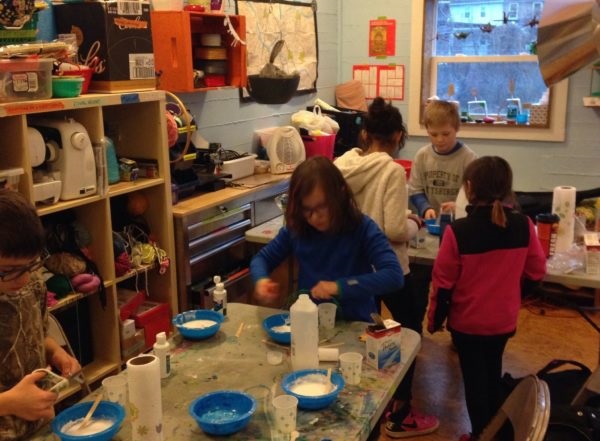
Millvale Community Library, The LABS @ CLP and Library Makerspaces
From free summer camps for 5- to 13-year-olds and weekly drop-in programming for toddlers to teens, Millvale Community Library is a local leader in the maker movement.
“I try to craft learning experiences where kids aren’t really afraid of failure,” says Roman Benty, the library’s maker educator, who emphasizes values like persistence and empathy.
He does this through monthly themes—from engineering to storytelling—that loosely guide projects, and by gathering feedback from youth about their interests.
That’s how the teens enrolled in the library’s Thursday program started making music with guitars donated by Brighton Music Center. Now they’re exploring audio journalism and beat-making, too. Benty is busy tracking down synthesizers, percussion instruments, and microphones.
“We design programs that enrich students’ sense of self-worth and increase their sense of pride in the community,” Benty says.
This is especially important in a lower-income, working-class neighborhood like Millvale.
Though most participants live within walking distance of the library, kids from Troy Hill, Lawrenceville, Aspinwall, and other nearby neighborhoods drop in occasionally.
Whether through music, fashion, gardening, stop-motion animation or pottery, Benty says, kids can “get free exposure to tangible skills and learn how to be collaborative.”
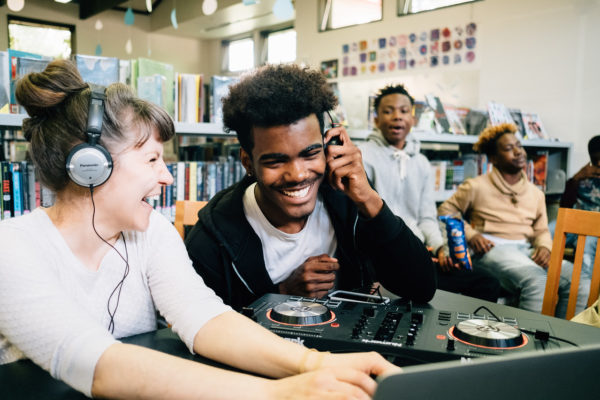
At The LABS @CLP, teens can engage in a variety of creative activities, from making movies and learning the nuts and bolts of photography, to building robots and recording music. The spaces provide guidance from mentors and access to equipment and software at eight Carnegie Library of Pittsburgh branches: Allegheny, Beechview, East Liberty, Hazelwood, Hill District, Knoxville, Oakland and Squirrel Hill.
The Mt. Lebanon Library, the Community Library of Allegheny Valley, Monroeville Public Library and Pine Richland Northern Tier Library offer computer labs, sewing machines and craft supplies for open-ended creative exploration.
Benty believes the emphasis on community resources and non-traditional learning experiences makes libraries a perfect site for maker education.
“The maker movement has found a home in libraries,” he says.